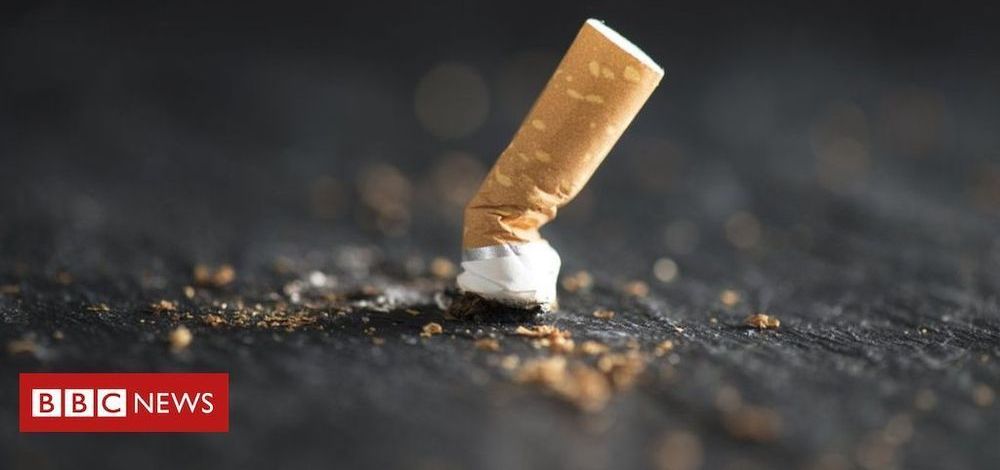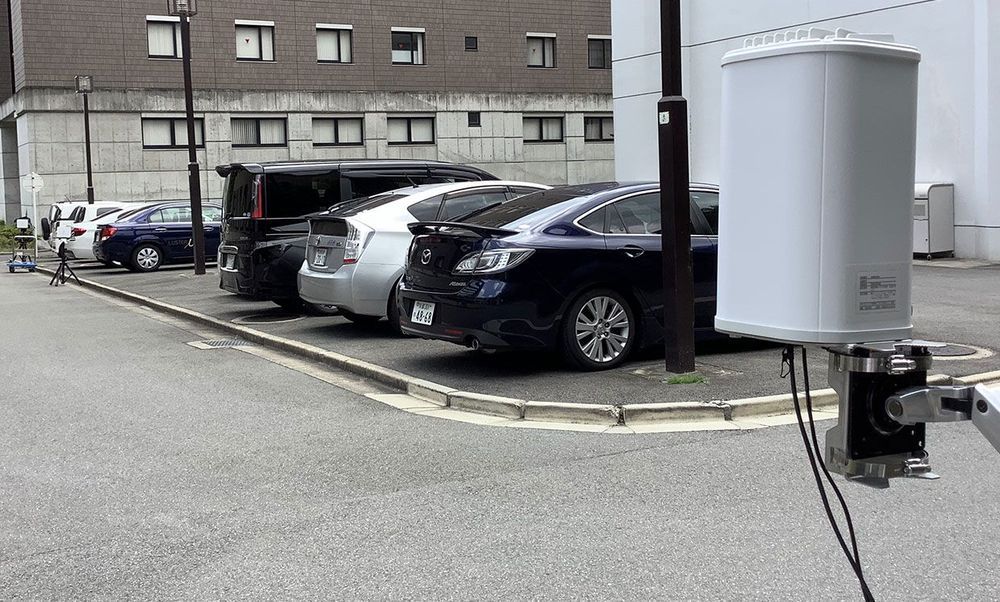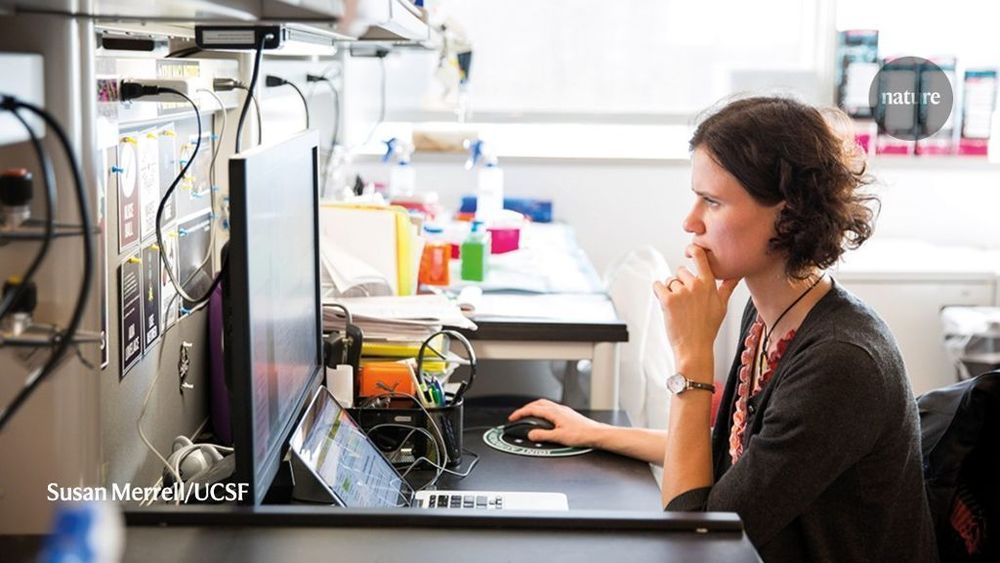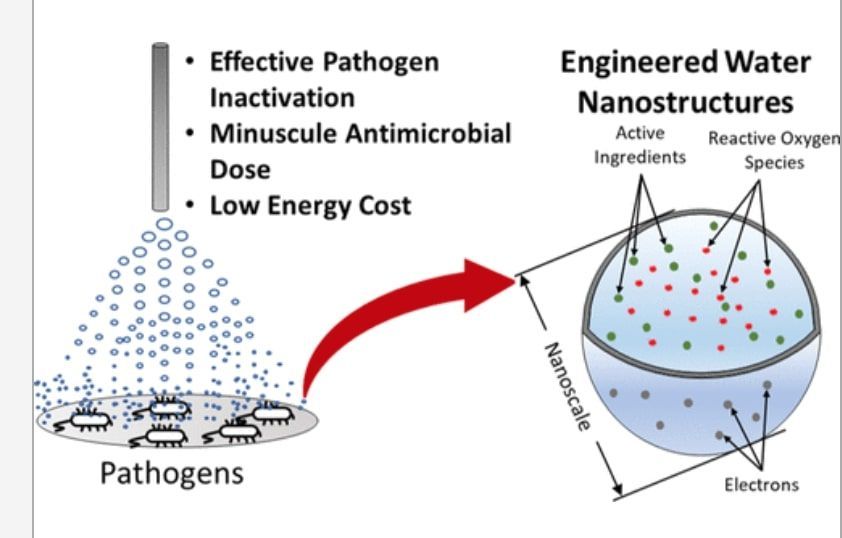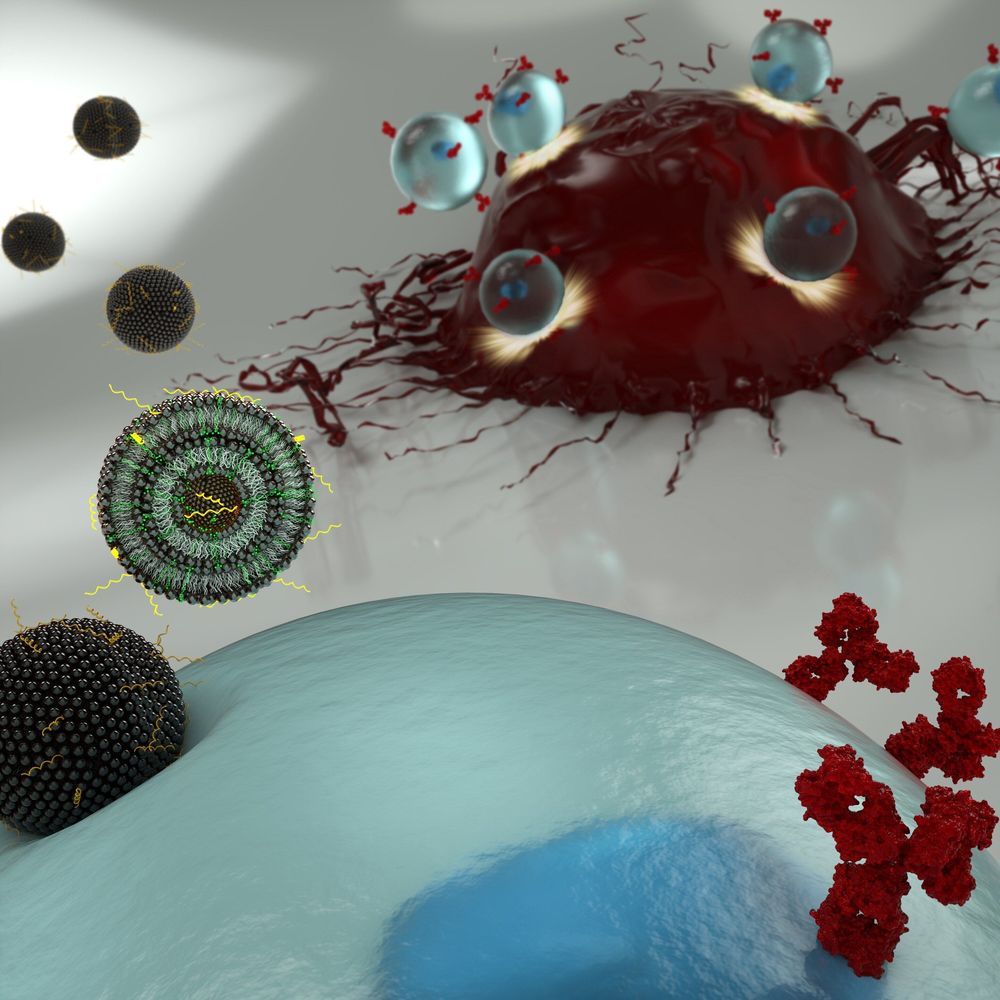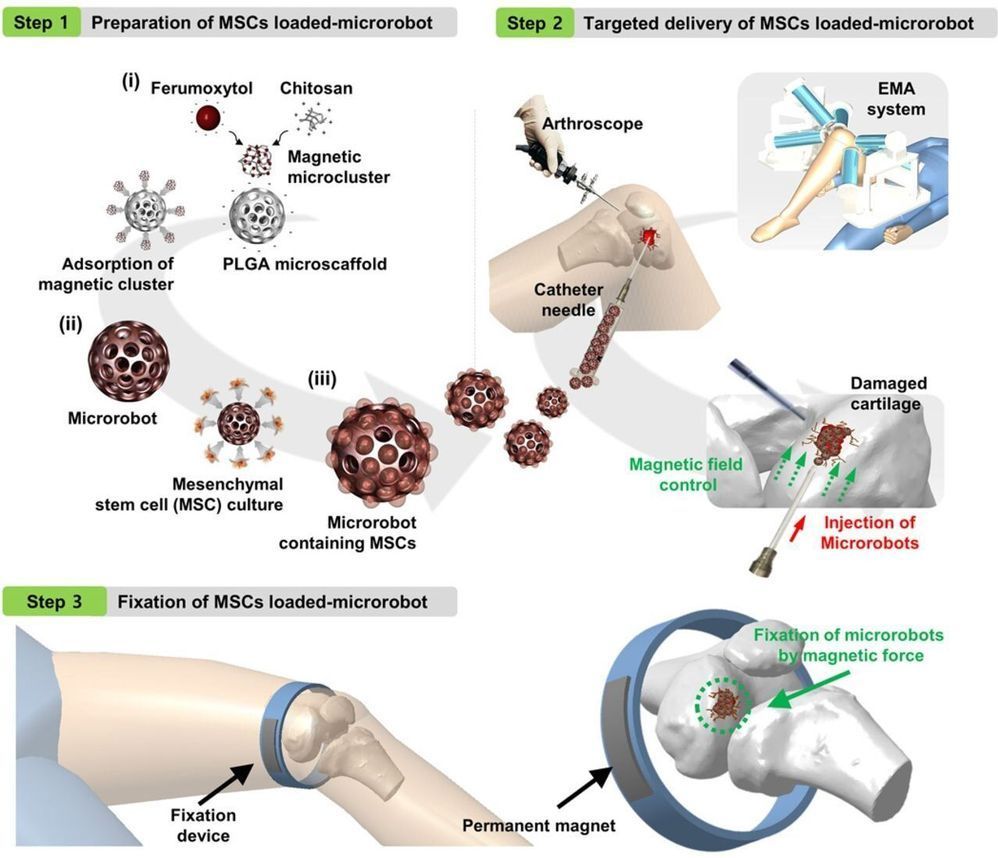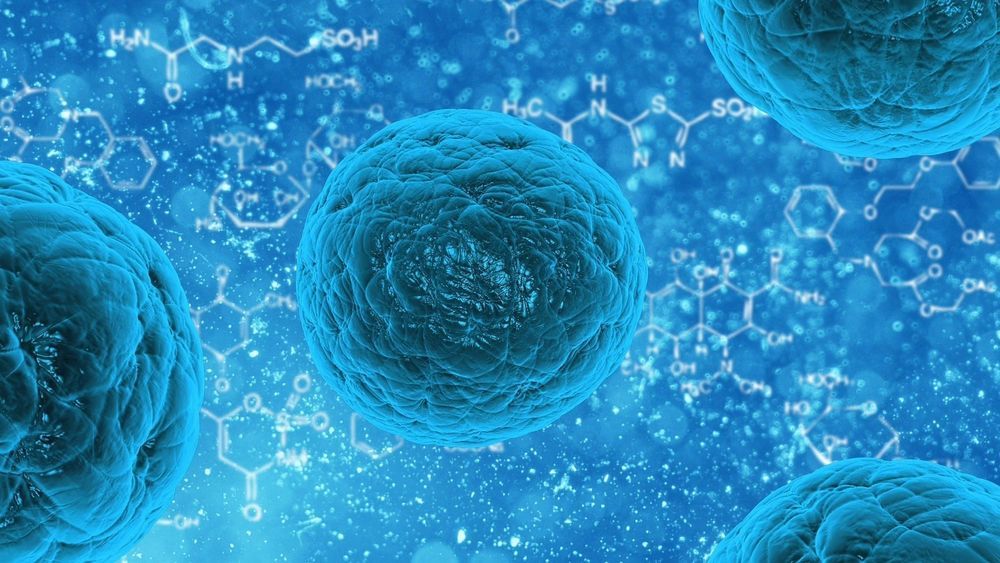Page 7522
Jan 29, 2020
Delivering More 5G Data With Less Hardware
Posted by Omuterema Akhahenda in categories: business, internet
Business districts may be bustling in the daytime, but they can often be near-deserted in the evenings. These fluctuations in population density pose a challenge to the emergence of 5G networks, which will require more hardware than ever before to relay massive amounts of data. Here’s the rub: To ensure reliable service, mobile networks must either invest in and deploy many more hardware units–or find ways to let the hardware move with the crowds.
One group of researchers is proposing a creative solution: installing small radio units on cars and crowdsourcing the task of data transmission when the vehicles are not in use. That approach relies on the fact that more cars tend to be parked in highly populated areas.
The most common network model that service providers are considering for 5G networks involves C-RAN architecture. Central units coordinate the transmission of data; the data is disseminated through distribution units and is further processed and transmitted by fleets of radio units. Those units convert the information to usable formats for mobile users.
Jan 29, 2020
Could a bacteria-stuffed pill cure autoimmune diseases?
Posted by Kaiser Matin in categories: biotech/medical, neuroscience
Researchers are investigating how the community of microbes living in the gut might help people with multiple sclerosis, lupus and type 1 diabetes.
Jan 29, 2020
New Tech Will Disinfect Everything and Help Stop Infectious Diseases
Posted by Paul Battista in categories: biotech/medical, food, health, nanotechnology, sustainability
Nanosafety researchers at the Harvard T.H. Chan School of Public Health have developed a new intervention to fight infectious disease by more effectively disinfecting the air around us, our food, our hands, and whatever else harbors the microbes that make us sick.
They used a nano-enabled platform developed at the center to create and deliver tiny, aerosolized water nonodroplets containing non-toxic, nature-inspired disinfectants wherever desired.
Jan 29, 2020
CAR T treatments could have fewer side effects than other cancer immunotherapies
Posted by Paul Battista in categories: biotech/medical, engineering, genetics
New cancer immunotherapies involve extracting a patient’s T cells and genetically engineering them so they will recognize and attack tumors. This technique is a true medical breakthrough, with an increasing number of leukemia and lymphoma patients experiencing complete remissions since CAR T therapy was FDA approved in 2017.
This type of therapy is not without challenges, however. Engineering a patient’s T cells is laborious and expensive. And when successful, the alterations to the immune system immediately make patients very sick for a short period of time, with symptoms including fever, nausea and neurological effects.
Now, University of Pennsylvania researchers have demonstrated a new engineering technique that, because it is less toxic to the T cells, could enable a different mechanism for altering the way they recognize cancer.
Jan 29, 2020
Microrobot system regenerates knee cartilage in rabbits
Posted by Paul Battista in categories: biotech/medical, life extension, robotics/AI
A team of researchers affiliated with multiple institutions in China and one in Korea has developed a micro-robot system that regenerated knee cartilage in rabbits. In their paper published in the journal Science Advances, the group describes their system and how well it worked.
In many developed countries, the population is growing older, which means aging-related health conditions are on the rise. One such ailment common in older people is degeneration of the cartilage in the knees and hips. When this happens, a common treatment is replacing the knee or hip joint with an artificial device. In this new effort, the researchers have found a better way to handle the problem—regrowing the cartilage.
Prior research has shown that mesenchymal stem cells found in bone marrow and fat can be coaxed into growing into cartilage cells. And researchers have also found that stem cells can be used to repair damaged cartilage. The challenge is placing the cells in the body where they are needed and keeping them in place until they attach to the surrounding tissue. In this new effort, the researchers have created a system that was able to overcome these hurdles—at least in rabbits.
Jan 29, 2020
Researchers can reprogramme cells to original state for regenerative medicine
Posted by Paul Battista in categories: biotech/medical, life extension
Early mammalian development is a highly complex process involving elaborate and highly coordinated biological processes. One such process is zygotic genome activation (ZGA) which occurs following the union of the sperm and egg, marking the beginning of life. The resultant early embryos, termed ‘zygotes’ are capable of generating the entire organism, a property known as totipotency.
Totipotent cells sit atop the developmental hierarchy and have the greatest potency of all cell types, giving it limitless therapeutic potential. Surpassing pluripotent embryonic stem cells, which are only able to differentiate into all cell types within the embryo, the totipotent zygote loses its totipotency as it matures into pluripotency.
Scientists at the National University of Singapore’s Yong Loo Lin School of Medicine have now found a way to manipulate pluripotent cells into acquiring the totipotent capacity previously thought to exist only in the zygote. This not only provides key insights into how totipotency is formed and the earliest events in mammalian development, but opens new doors for potential cell therapies that were previously unexplored.
Jan 29, 2020
Mind-altering drugs: The magical history of LSD and mushrooms
Posted by Paul Battista in categories: biotech/medical, government

About 50 years ago, scientists believed magic mushrooms and LSD held a lot of medicinal promise. So then, how did they become such a taboo to even discuss? Government officials thought that if young men were on LSD, they wouldn’t want to fight in wars.
In this video, author Michael Pollan describes the little known history of psychedelic drugs in America.
Jan 29, 2020
Did Scientists Finally Solve the Impossible Physics Riddle?
Posted by Quinn Sena in categories: cosmology, physics
A theoretical physicist in England has won a prestigious award for her work on the theory of massive gravity, which could explain why gravity hasn’t constrained the rapid expansion of the universe. The $100,000 award honors the work of Claudia de Rham, who has worked for 10 years on a way to turn massive gravity theory into something measurable.
Cosmologists have puzzled for decades about how to marry gravity with the speed at which the universe is expanding. Gravity as we understand it would work to hold the universe together, not let it race apart from itself into eventual oblivion. Enter the counterpart to dark matter, dark energy, which is what scientists call whatever is pulling the universe apart.
Jan 29, 2020
This skyscraper-sized air purifier is the world’s tallest
Posted by Quinn Sena in categories: biotech/medical, engineering, sustainability
Circa 2018
It may look like just another giant smokestack, but a 200-foot tower in the central Chinese city of Xi’an was built to pull deadly pollutants from the air rather than add more. And preliminary research shows the tower — which some are calling the world’s largest air purifier — has cut air pollution significantly across a broad swath of the surrounding area.
Given those findings, the researchers behind the project say they hope to build an even taller air-purifying tower in Xi’an, and possibly in other cities around China.
Continue reading “This skyscraper-sized air purifier is the world’s tallest” »
